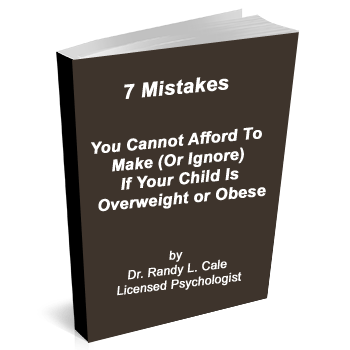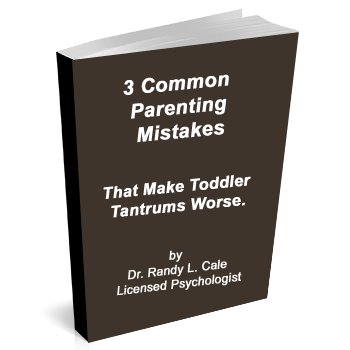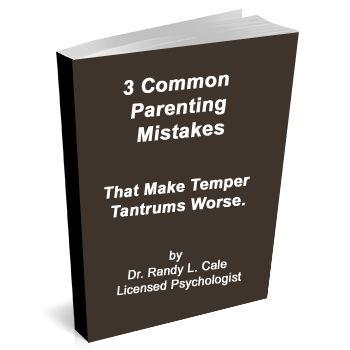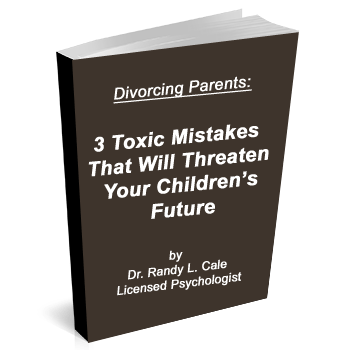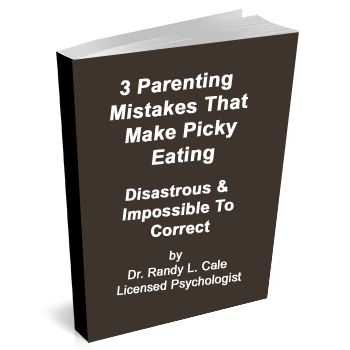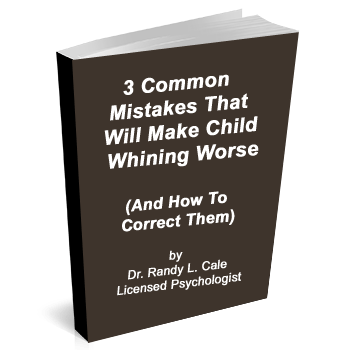Here is a recent response I received after commenting on Robin Williams’s death.
“Dr. Cale, I read your article last week about Robin Williams and how we can view both depression and optimism as the result of our ‘thought process.’ However, I have struggled much of my life with extreme pessimism, and I worry about passing this on to my children. The glass is always three-quarters empty…in my world. Please give me some suggestions or tools to promote a more optimistic attitude. I already see my children mimicking my tendencies, and never finding the positive side of things. HELP!” S.H. Mother of three
This Mom is facing a relatively common challenge. She sees her tendencies and does not like how it feels in her life AND she wants to give her children better tools.
Pessimistic Thinking and Depressive Thinking Are One.
In many ways, the root of more serious depressive thinking is a pessimistic outlook toward life. While pessimism does not inevitably lead to tragic outcomes, pessimism does come with a cost. Research shows that pessimism limits the scope of our thinking, we move toward harsh judgments more quickly and we are less open to new experiences. Creativity is limited with pessimism and overall productivity is reduced. Later in life, pessimists have more health issues, go through more divorces, and do not live as long as optimists. Oh, and one more thing. They are not happy. Pessimism does not feel good on the inside. Happiness comes much more frequently to the optimist.
When we add this up, we understand this mom’s desire to get some practical tools.
Ten Ways to Promote the Habit of Optimism
This is a habit change. There will be no moment of divine inspiration that transforms your view. Get serious about this, and you will find habits of thinking can and will change.
1. Stop All Nagging and Arguments Today.
Nagging is inevitably a negative process, and you even hate the way you sound when you nag. Right? If nagging is your parenting system, you must come up with a better plan. For today, resolve to stop all nagging and arguing with your children. Just don’t do it.
2. Starve Everything Else That Smells Of Pessimism.
What do I mean by this? Most of us can quickly identify the pessimistic thoughts that circulate in our minds. We also see negative, pessimistic tendencies in our comments. We hear the doubting, negative attitudes in the car, around the house, and at the table.
If you have begun to hear this from the kids, the complaining and negativity are at the root of pessimism, and likely, you find this exhausting.
So…starve it all. In other words, when the thoughts show up in your mind, turn your attention somewhere else. When you get ready to speak it, don’t do it. When your children complain or become negative, walk away. Don’t argue. Walk away.
If we can do this, we now open the door for change.
3. Start Absorbing Optimistic Materials
This is a critical part. If you are changing your habit of thought for you and your children, it will be important to start absorbing optimistic materials. This will not be the nightly news or the latest CSI. Find books, Podcasts, and programming that is positive and uplifting. Listen and watch comedies. Learn about TedTalks, and integrate these into your nightly discussions. Laugh more and find more reasons to laugh.
4. Problems Can Be Solved. Complaints Cannot.
Optimists spend little time complaining. Instead, challenges are quickly framed as problems to be solved, and that is what gets their attention. With the family, do not engage complaints. These are futile and only feed a complaining, pessimistic attitude.
Instead, teach your kids that you will only discuss problems where you can find solutions. This also keeps them focused on the world within their control, rather than getting into complaints about the world outside of their control. Practice this with family, friends, and spouses. You will quickly see that many of the emotional drains in your life stem from the constant stream of complaints. If you sever these toxic exchanges from your life, optimism is much easier to find.
In the article, I will offer six more practical tools to help build the habit of optimism.







